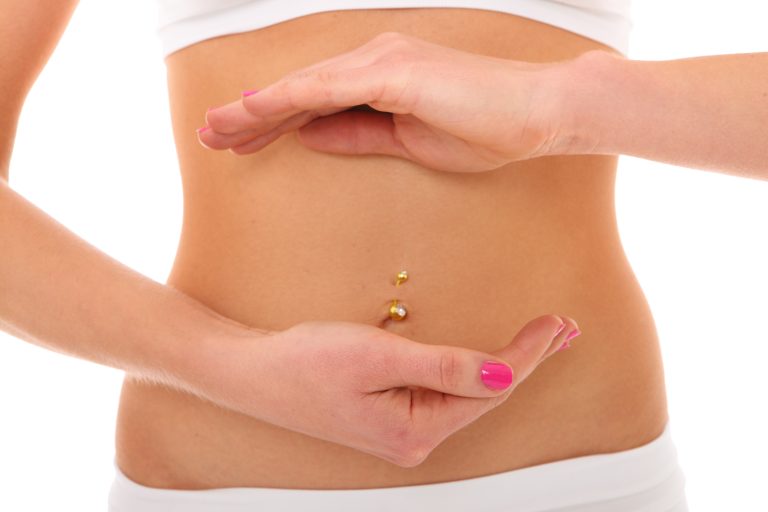How to safely remove dermal piercings?

If you have already read our previous article about dermal piercing, you will already know what this piercing consists of and why it has become one of the most popular in recent years. Even so, before explaining how can you remove a dermal piercing, let’s do a brief review of what is considered to be a dermal piercing.
A dermal piercing is one in which an entry piercing is made but not an exit point. In this way, the piercing is embedded in the skin, through a small incision.
What you should know before doing a dermal piercing
Now that we have reviewed what a dermal piercing is, we are going to offer you more information so that you can decide if you want to get this piercing or another type of piercing.
The first thing you should know is that it is a piercing that requires very careful and very accurate handling. Therefore, if you want to change daily or very frequently, it is necessary to follow very specific hygiene requirements to avoid causing problems in healing. In addition, we cannot forget either that it is a type of piercing that requires to be placed with great precision on a very small area, so sometimes it will even be necessary to use a specific material.
Another piece of information you should know is that despite being supposedly more complicated than traditional piercings, dermal piercing has a low risk of infection. This is because the dermal anchor is placed under the skin and the skin tissues close quite easily. We cannot forget that you will carry out all the correct healing processes, even if a short healing period is required.
Can dermal piercings be removed?
Yes, dermal piercings can be removed without any problem and any alleged side effects. Even so, this piercing requires extremely precise manipulation to avoid possible problems. Thus, without any doubt, we recommend that whenever you want to remove it, you go to a professional piercing studio so that they are the ones to remove it. Under no circumstances you think of doing it yourself at home since then, you could have problems.
Once you have gone to a professional center, they have removed the piercing and its base piece, you will have to heal and disinfect the area over the next few days to ensure that the healing is the best possible. Even if you follow all the processes perfectly, you may have a small scar mark when the piercing has closed completely and healed properly.
If you consider that the mark is very noticeable and bothers you, you can apply some type of repair ointment without any problem in the last stage of the healing process. As we always say, before applying any product, always consult with professionals for advice.

What should be done if the dermal piercing becomes infected?
Although in the previous article we explained the healing process of this type of piercing, we consider doing a brief review of this process since healing is one of the most important aspects of all types of piercing.
During the first weeks, you must remember to wash the area three times a day with plenty of warm water and mild soap. When the piercing heals properly, it will be necessary to perform this wash only once a day. You should always try to keep the piercing area clean to avoid any possible infection.
If despite doing all this you begin to experience symptoms of infection such as pus, lumps, and inflammation, you should quickly go to the doctor so that he/she can explain the cures and the most appropriate treatment.
Newsletters
Last Minute new From Roll & Feel Sign-up
news





 smokingpaper
smokingpaper







